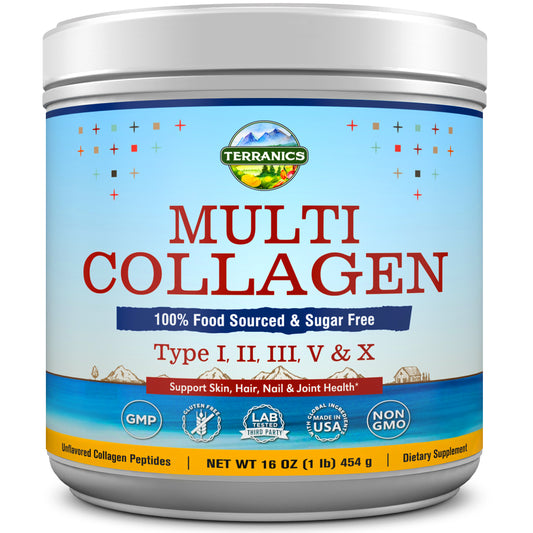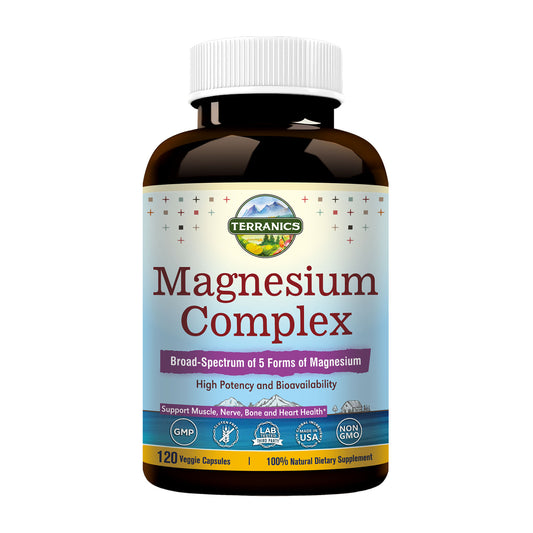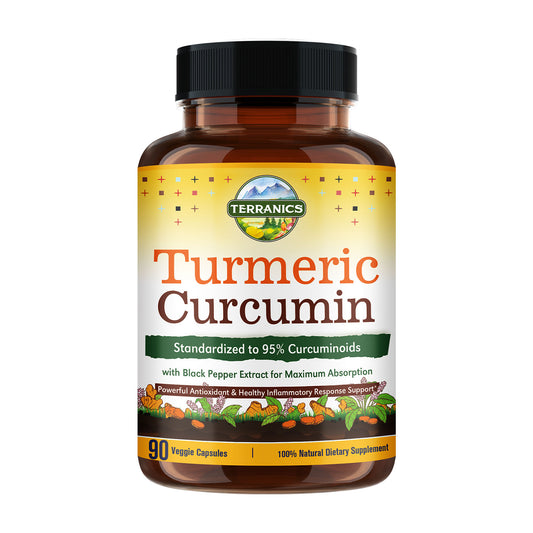
Working out is essential for maintaining physical health and achieving fitness goals. However, the benefits of exercise are only fully realized with proper muscle recovery. Neglecting this critical phase can lead to decreased performance, increased risk of injury, and hinder progress. This blog post outlines ten essential tips to optimize your muscle recovery after a workout, helping you maximize your gains and minimize discomfort. We'll also explore the roles of magnesium supplements and turmeric in enhancing this process.
1. Prioritize Proper Nutrition
Your muscles need the right building blocks to repair and rebuild. Consume a balanced meal or snack within 30-60 minutes post-workout. This should include a combination of protein (for muscle repair) and carbohydrates (to replenish glycogen stores). Good choices include lean meats, fish, eggs, Greek yogurt, fruits, and whole grains.
2. Stay Hydrated
Dehydration significantly hampers muscle recovery. Water is essential for nutrient transport, waste removal, and regulating body temperature. Aim to drink plenty of water throughout the day, especially before, during, and after your workout. Electrolyte drinks can be beneficial after intense sessions, particularly those involving significant sweating.
3. Magnesium Supplements for Muscle Recovery
Magnesium plays a crucial role in muscle function and recovery. It's involved in over 300 biochemical reactions in the body, including muscle contraction and relaxation. A deficiency can lead to muscle cramps, weakness, and delayed recovery. Consider supplementing with magnesium, especially if you have a known deficiency or experience frequent muscle cramps. Consult your doctor before starting any new supplements.
4. Incorporate Active Recovery
Rest doesn't always mean complete inactivity. Light activities like walking, swimming, or cycling can improve blood flow, reduce muscle soreness, and promote faster recovery. These activities should be low-intensity and focus on gentle movement.
5. Stretch Regularly
Stretching improves flexibility, reduces muscle tension, and enhances blood flow to the muscles. Static stretching (holding a stretch for 15-30 seconds) is particularly beneficial after a workout. Focus on major muscle groups worked during your training session.
6. Foam Rolling and Self-Myofascial Release
Foam rolling helps break up muscle knots and adhesions, improving blood flow and reducing muscle soreness. Roll slowly and deliberately over the affected muscle groups, applying pressure to tender spots. This technique is effective for addressing tight muscles and preventing future injuries.
7. Prioritize Sleep
Sleep is when your body repairs and rebuilds muscle tissue. Aim for 7-9 hours of quality sleep each night. A consistent sleep schedule, a dark and quiet sleep environment, and relaxation techniques before bed all contribute to better sleep quality.
8. Turmeric: A Natural Anti-Inflammatory
Turmeric contains curcumin, a powerful anti-inflammatory compound. Inflammation is a natural part of muscle recovery, but excessive inflammation can delay the process and cause discomfort. Adding turmeric to your diet (e.g., in curries, smoothies, or golden milk) can help manage inflammation and support muscle recovery.
9. Consider Cold Therapy
Applying ice packs or taking a cold bath or shower after a workout can help reduce inflammation and muscle soreness. Ice should be applied for 15-20 minutes at a time, several times a day. Cold therapy is particularly effective immediately after intense training.
10. Listen to Your Body
Rest days are crucial for muscle recovery. Don't push yourself too hard, especially if you're experiencing significant muscle soreness or fatigue. Rest allows your body to repair and rebuild, preventing overtraining and potential injuries. Listen to your body's signals and adjust your training schedule accordingly.
Conclusion
Muscle recovery is as important as the workout itself. By incorporating these ten tips into your post-workout routine, you can optimize your body's ability to repair and rebuild muscle tissue, maximizing your fitness gains and minimizing discomfort. Remember, consistency is key; make these recovery strategies a regular part of your fitness journey. Always consult with a healthcare professional before starting any new supplement regimen.




